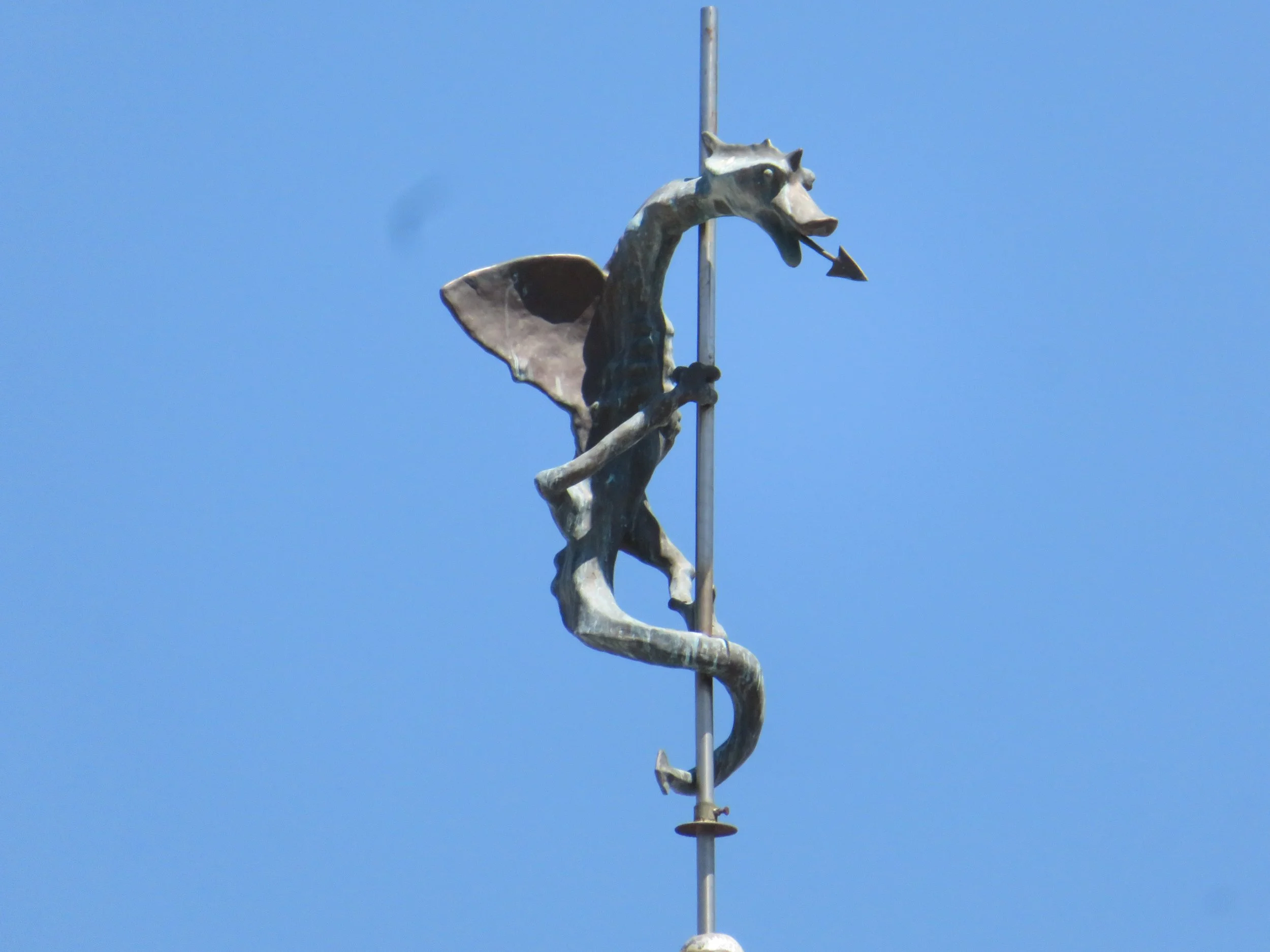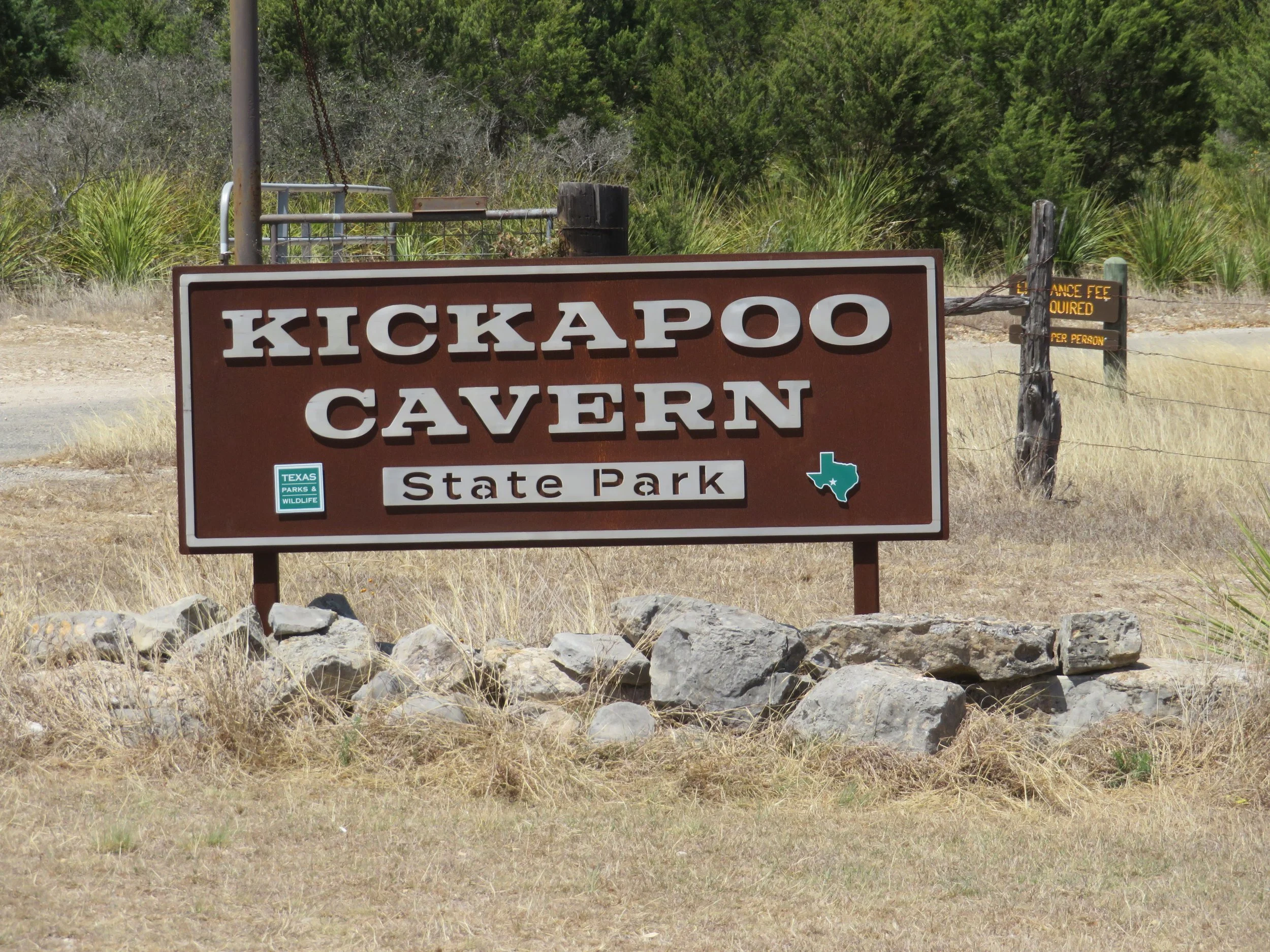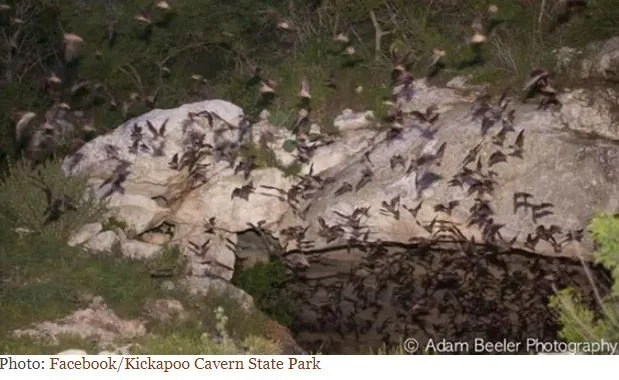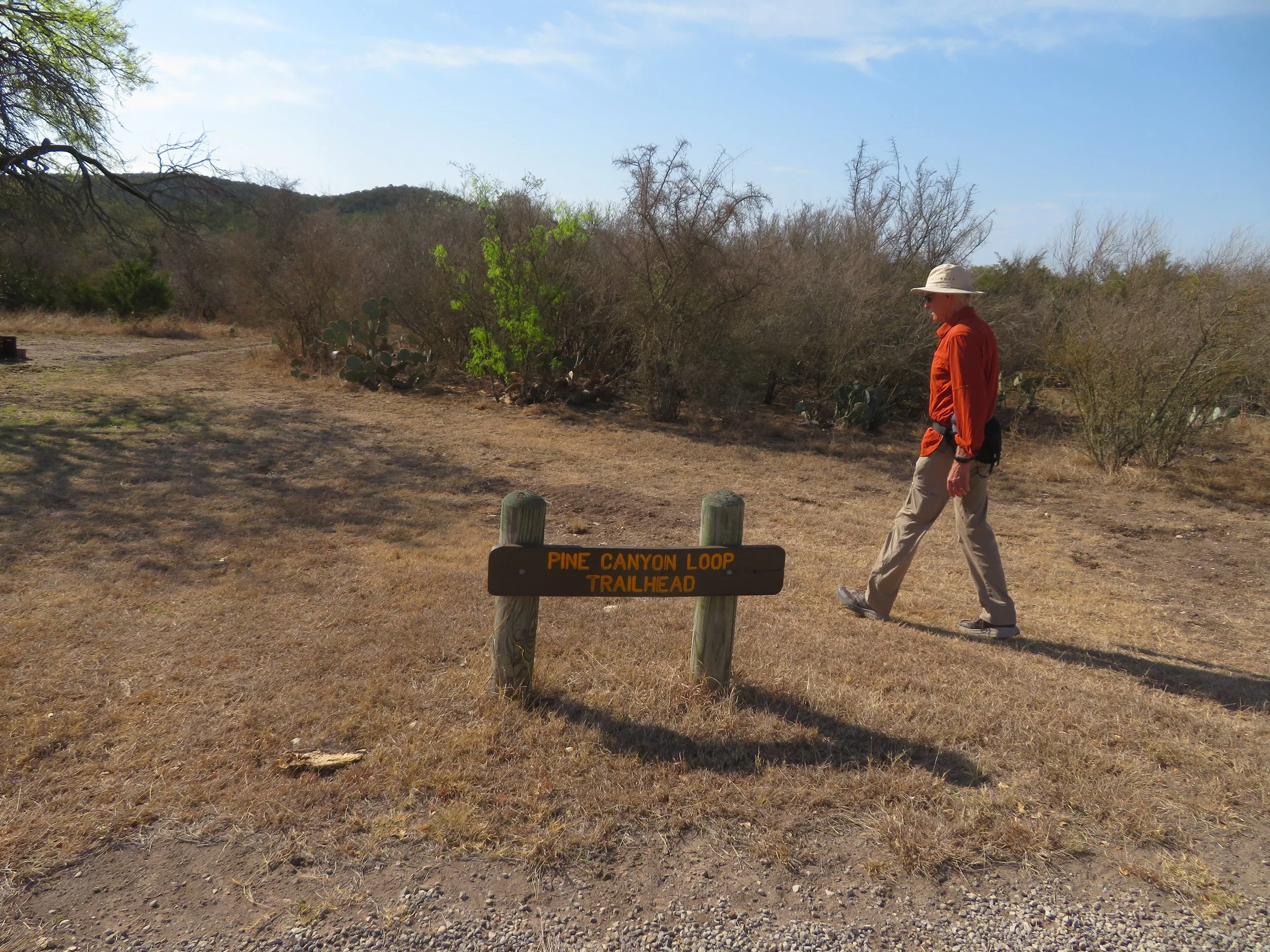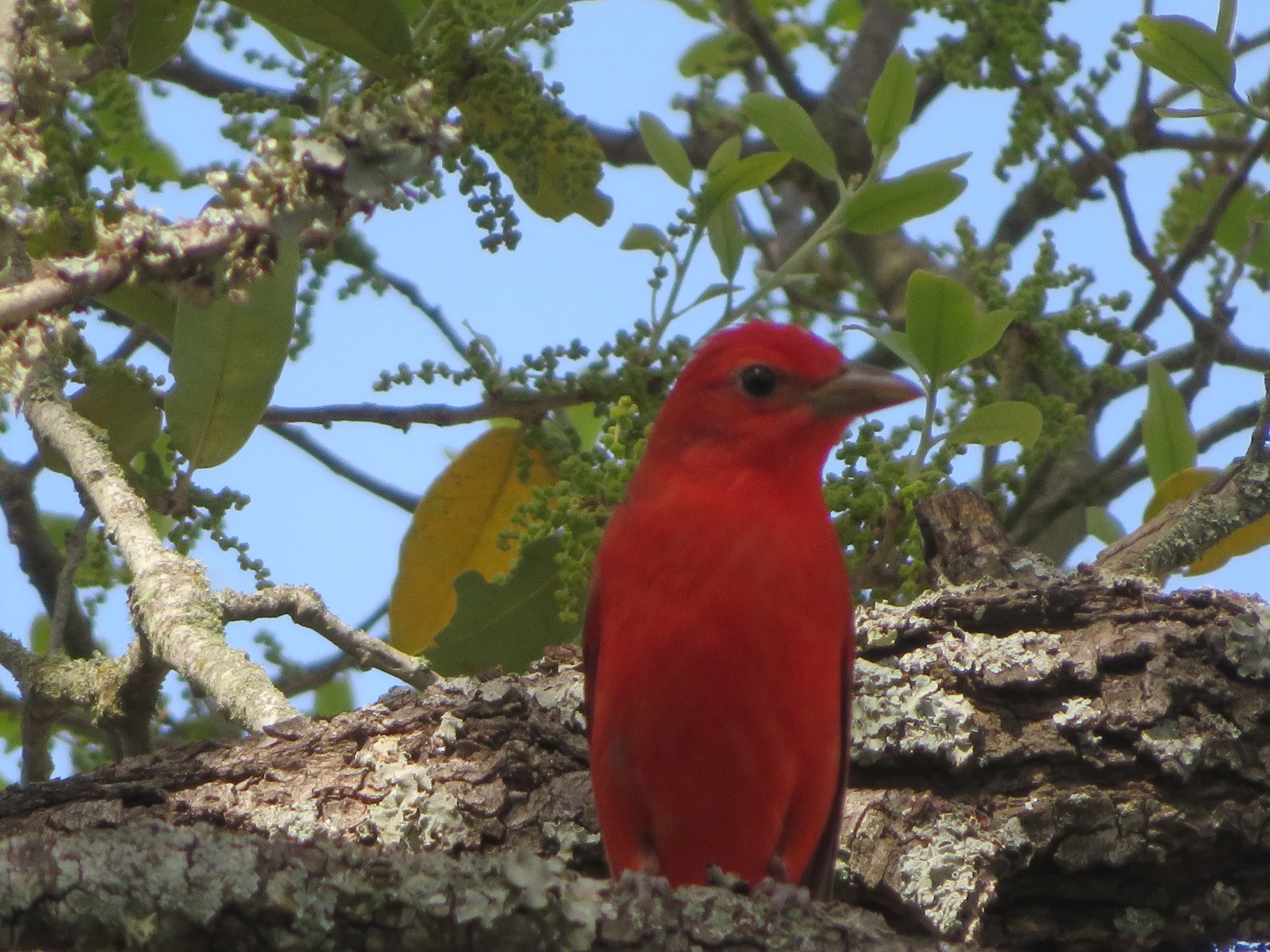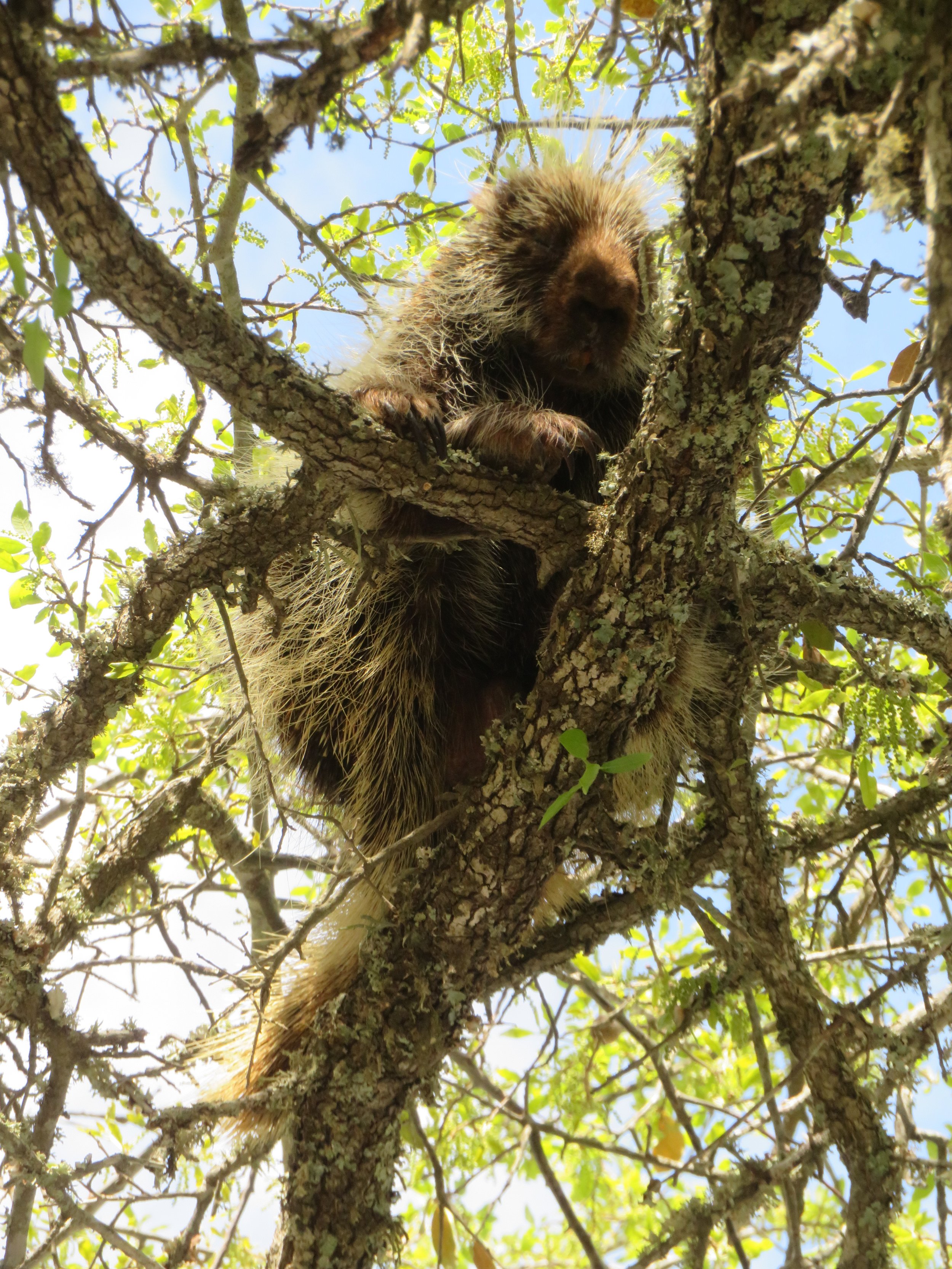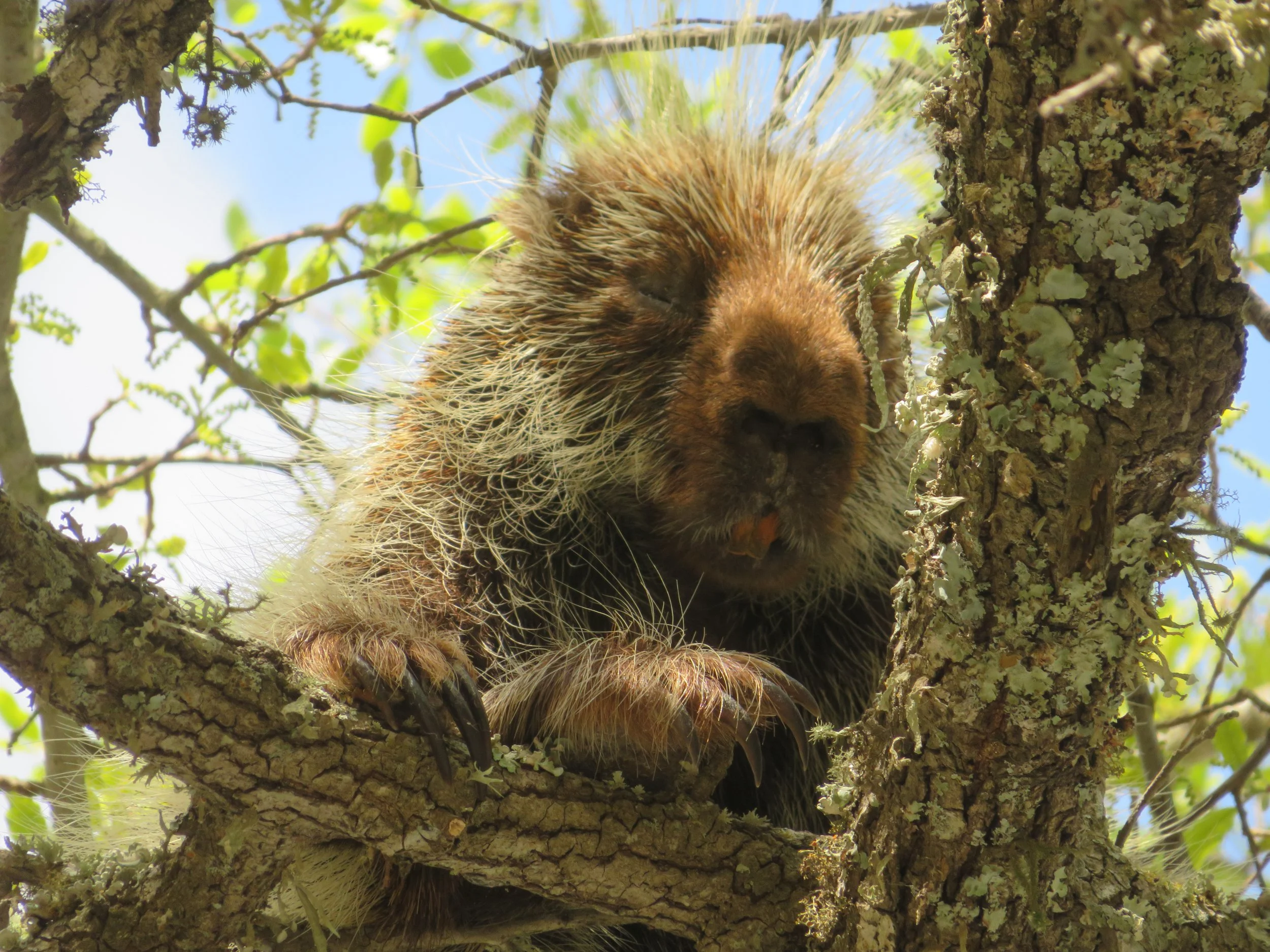Kickapoo Cavern State Park… Bats, birds and a fat, old porcupine
/Though we’re still technically in Texas Hill Country according to our regional map, we’re in the southwestern extremity and not all that far from recently visited Del Rio once again. We took whatever state park reservations we could get for the weekend and Kickapoo Cavern State Park looked interesting especially since we missed the evening bat flight show in Austin and Kickapoo is also home to a huge bat population.
The route from Garner State Park to Kickapoo Caverns is not a direct one. As the crow flies, it’s about 40 miles. Unfortunately, we don’t fly and had to take the long route which ended up being 100 miles on secondary and farm/ranch roads. Not overly far, but considerably way out of the way.
On the plus side, the route took us through the pleasant little city of Uvalde, Texas. According to Uvalde’s website, “Uvalde sits at the crossroads…literally. U. S. highways 83 and 90 cross in the middle of town. These highways go from Canada to Mexico and Florida to California. But Uvalde has always been “on the road” with Spanish trails running from Mexico through Uvalde to San Antonio and Native American trails running north and south along our rivers.”
Grand Opera House in Uvalde, Texas
As we were passing through town, I noted a most unusual weathervane perched atop a building turret. We were due for a pit stop and a leg stretch and Uvalde’s pleasant city park seemed a perfect place. Located on a square, there was plenty of off-street parking and we had a commanding view of the dragon. As we walked around the park, David noticed several pecan trees and found some nuts on the ground which he promptly shelled and sampled with gusto.
We identified the building as the Uvalde Grand Opera House. Built in 1891, it is the second oldest opera house in the state of Texas and though it’s been repurposed throughout the years, it’s now a venue for cultural events. I was, however, most interested in the dragon and the town website helped me out.
A distinctive dragon weathervane sits atop the turret of Uvalde’s Grand Opera House.
According to the Texas Historical Commission, “One of the most surprising and delightful parts of this Richardsonian Romanesque structure is the small dragon coiled at the top of the corner turret. Legend says that this creature was something of a mistake—a scribble by the architect that the builder took seriously—but it’s been a beloved part of the opera house for nearly 130 years. Although the original dragon was removed due to weather damage, it is still on display inside the opera house, with a replica now perching outside.”
Dragon viewing and pecan eating concluded, we were back on the road and finally heading north once again towards Kickapoo. Kickapoo, though dry and parched, was a nice campground with spacious sites separated by shrubs and trees to maintain some privacy, fresh water and toilet blocks with flush toilets and hot showers (hooray!). The burn ban was in effect here, too. No wood… no charcoal.
Kickapoo Cavern, we learned, is an undeveloped cave and can be visited only with a tour guide, reservations, and a flashlight. Stuart Cave, on the other hand, has a population of cave swallows who dwell near the cave’s entrance and nearly a million Mexican free-tailed bats who seasonally dwell deep within the cave. Each evening around dusk, the bats make their fluttery exit from the cave to find dinner.
Close-up of Mexican free-tailed bat - credit: NPS
A few statistics about the bats surprised us. For instance, a Mexican free-tailed bat can eat up to 75% of its body weight in insects (mostly mosquitoes and moths) every night. “That’s equivalent to a 150-pound persons gobbling up 450 quarter-pounders in a single day! The population of bats inhabiting Stuart Bat Cave could consume up to 10 tons of insects nightly - the weight of two elephants.” That’s pretty impressive. We noted there were not many insects in the campground. Thank you, bats!
FYI… the Mexican free-tailed bat is the official Texas state flying mammal.
Around 7:30 pm, we drove the 2-1/2 miles to Stuart Bat Cave. There’s a viewing platform that allows spectators to observe, but not get too close. We weren’t alone. The rangers had advised that keeping the noise to a minimum was important so we were a bit disappointed when several folks turned up with barking dogs and screaming kids were allowed to race around. (Do we sound like old farts, or what?)
Finally, around 8:15 pm as night descended, bats began emerging from the cave. First, just a few as if they were sussing out the evening’s prospects, then more and more flew out. We heard and felt their presence rather than seeing them. It was quite dark by now and as the bats flew past us, it was a wraith-like experience. Once in a while, we’d see what we thought was a bat, but it was more a blur and gone in an instant leading us to wonder if it was real or our imagination. Photos were impossible with my iPhone or little Canon camera… sigh!
Couldn’t photograph bats myself, but Adam Beeler did a great job!
A cool breeze and sunny skies greeted us the next morning along with a chorus of birdsong. We opted to walk the 3-mile Pine Canyon Loop Trail. The trail was pleasant enough but pretty non-descript.
We stopped at a bird blind en route and were rewarded with our first sighting of a summer tanager.
At the ranger station, we stopped to watch black-chinned hummingbirds at a feeder and chanced to see a fat old porcupine snacking on the young leaves and shoots of a nearby live oak tree. Porcupines are usually nocturnal, so this was an unexpected treat.
A close-up photo revealed big, brown buck teeth like a beaver… who knew? He obviously doesn’t brush often.
He (could have been a she) was well-camouflaged and very slow-moving which reminded us of watching sloths or koalas in the past. He ate and snoozed, ate and snoozed, and was totally oblivious to his growing fan club on the ground below. Seeing the porcupine led us to the obvious question… with all those quills, how do they mate. Follow this link to find out. It’s quite the process.
A couple of porcupine facts for your personal edification.
The collective noun for porcupines is a prickle though they’re usually solitary critters.
An adult porcupine has about 30,000 quills, but contrary to myth, they do not throw them.
Baby porcupines are born with soft quills which harden within an hour of birth.
Porcupines are the second-largest rodent in North America… beavers are the largest.
Camp life is pretty relaxed. We get up with the sun, laze over coffee and breakfast, walk, talk, read, plan, and pretty much have no schedule whatsoever. We eat when we’re hungry and rarely look at our watches. We highly recommend it.
In my next blog, we’re off to Junction, Texas, and unexpectedly spend a day there providing us with a sampling of small-town Texas.



